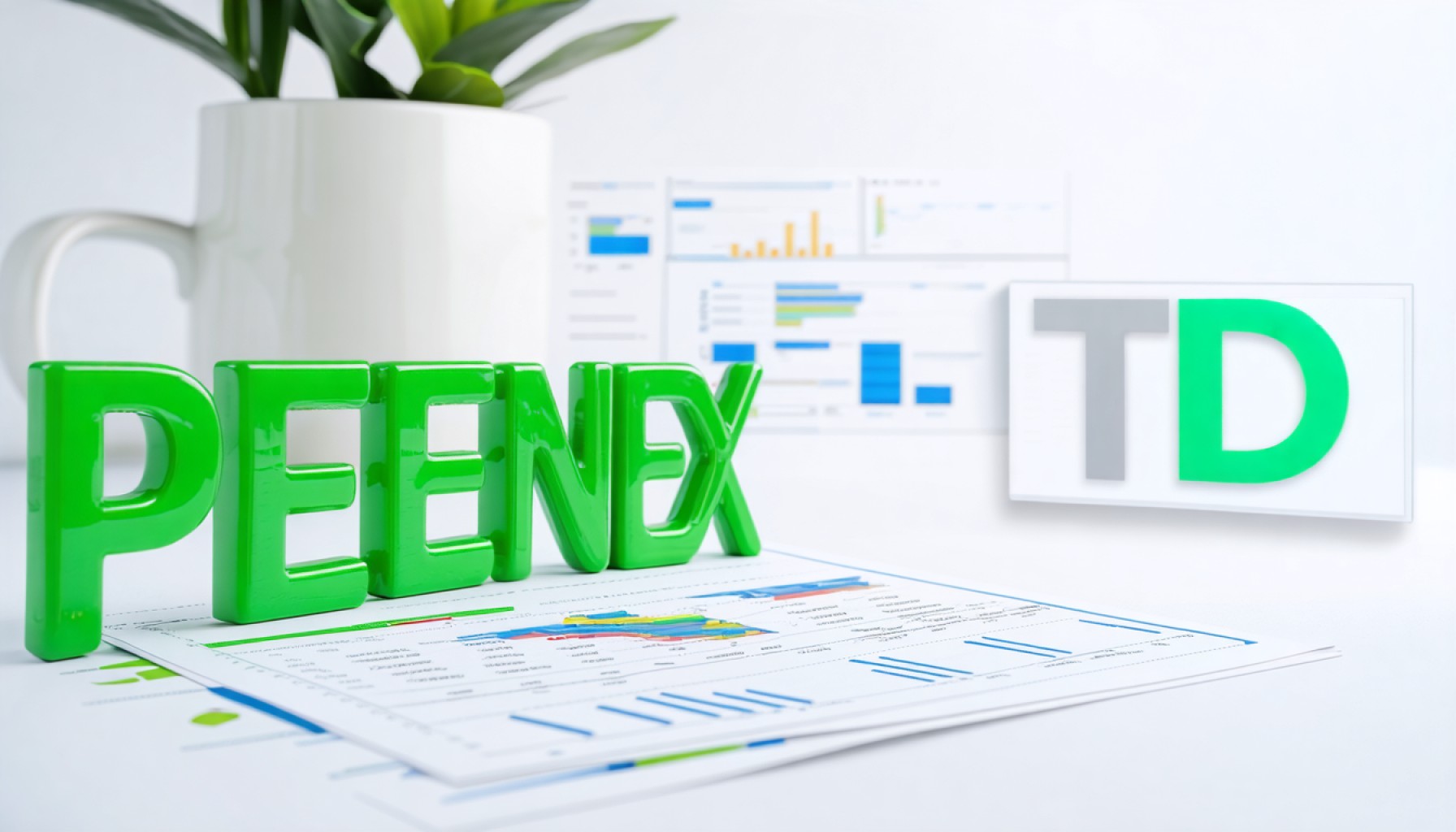- TD SYNNEX’s stock has plunged 28% in the past month, marking a 19% decline over the year, challenging investors.
- The company’s P/E ratio is 11.9x, lower than the U.S. market average, suggesting potential undervaluation.
- Despite recent declines, TD SYNNEX has a strong history of growth, with EPS increasing by 17% last year and 36% over three years.
- Analysts forecast a 15% annual EPS growth for TD SYNNEX, exceeding the market’s expected 11% growth.
- The low P/E ratio might indicate risks or market factors impacting future earnings potential.
- Investors are advised to conduct thorough due diligence to navigate potential risks and uncover investment opportunities.
A whirlwind month has embroiled TD SYNNEX Corporation, with its share price plummeting 28%, leaving investors grasping for answers. This drop marks a total fall of 19% over the past year, a hard pill to swallow for shareholders who once enjoyed the fruits of a surging stock.
Despite this recent nosedive, a glimmer of intrigue lies in its current valuation. TD SYNNEX’s price-to-earnings (P/E) ratio teeters at 11.9x, a stark contrast to the broader U.S. market where P/E ratios soar above 17x and can frequently surpass the 30x mark. Such a low P/E might suggest the company is undervalued, positioning it as a potential gem amid the market’s bustling wilderness. But the key question remains: Is this valuation a fair reflection of its future prospects?
So far, TD SYNNEX has showcased a commendable track record, with earnings per share (EPS) expanding by a robust 17% last year alone. Over the past three years, the company has successfully amplified its EPS by a staggering 36%. Yet, the market seems skeptical. Analysts project TD SYNNEX’s EPS could grow at an annual rate of 15% in the next few years, outpacing the general market’s anticipated 11% per annum growth. Why, then, does its P/E ratio suggest a gloomier forecast?
The low P/E could point toward hidden vulnerabilities, perhaps unperceived risks or market forces threatening to reel in the company’s earnings growth. While price risks are currently minimized, investor sentiment indicates potential instability in future earnings.
Navigating these murky waters requires vigilance and a keen eye on pivotal risk factors. The market often veils its truths behind numbers, and while TD SYNNEX’s current valuation might lure cautious optimists, comprehensive analysis is essential before making a leap.
Amidst the volatility that haunts TD SYNNEX, the lesson echoes clear: valuations can be deceiving. A low P/E ratio, coupled with promising projected growth, could unveil a worthy investment, but only for those who dare to look beyond the surface. As always, investors are reminded to dive deep into due diligence, sifting through both risks and rewards that linger in the shadows of market valuations.
Is TD SYNNEX a Diamond in the Rough? Unveiling Insights Beyond the Numbers
TD SYNNEX Corporation’s recent stock price plunge by 28% certainly raises eyebrows, especially for long-term investors. However, the current low price-to-earnings (P/E) ratio of 11.9x compared to the broader market’s average above 17x might suggest an underappreciated opportunity. So, what makes TD SYNNEX an intriguing prospect, and what factors should investors consider?
Further Insights & Analysis
Understanding the P/E Ratio
– Potential Undervaluation: A lower P/E ratio, like TD SYNNEX’s current 11.9x, may point to possible undervaluation unless there’s a credible reason for low investor confidence. It’s crucial to contrast this with market expectations and intrinsic company performance.
– EPS Growth: TD SYNNEX reported a significant EPS increase, growing 17% last year and 36% over three years. This reinforces the potential mismatch between current market valuation and the company’s financial health.
Factors Contributing to the Market Skepticism
– Market Sentiment: Despite positive earnings growth, uncertainty in market perception can cause valuation discrepancies. Possible concerns could include geopolitical factors, supply chain vulnerabilities, or leadership transitions affecting future growth.
– Risks & Limitations: The apparent undervaluation may mask hidden risks. Industry-specific challenges, regulatory hurdles, or competitive pressures could impede growth despite robust earnings.
Real-World Use Cases & Market Trends
– IT Distribution Dynamics: As a leading IT distributor, TD SYNNEX plays a pivotal role in technology deployment across sectors. Trends such as cloud computing, cybersecurity, and digital transformation are likely to bolster demand.
– Strategic Expansions: Recent efforts to expand in cloud services or increase reseller partnerships can support future revenue streams, presenting strategic growth avenues that rationalize their investment case.
Investment Strategies & Recommendations
How to Approach Investment Decisions
1. Deep Dive into Financial Reports: Scrutinize quarterly earnings and financial statements for insights into revenue consistency and cost management.
2. Compare with Peers: Contrast TD SYNNEX’s metrics with competitors in the IT distribution sector to discern competitive advantages or weaknesses.
3. Risk Assessment: Balance potential financial rewards against industry-specific risks and the macroeconomic environment.
4. Monitoring Analyst Opinions: Keep track of analysts’ updates on TD SYNNEX’s projected earnings and strategic direction.
Pros & Cons Overview
– Pros:
– Strong EPS Growth: Demonstrates robust financial health with potential for enduring profitability.
– Low P/E Ratio: Can provide entry points for value-seeking investors if risks are manageable.
– Cons:
– Uncertain Market Sentiment: Potential for market misjudgment affecting stock performance.
– Hidden Vulnerabilities: Possible risks that the market perceives, which are not immediately apparent in financial metrics.
Conclusion & Actionable Tips
While TD SYNNEX appears undervalued, it is essential for investors to balance optimism with caution. Conduct thorough due diligence to understand underlying risks before capitalizing on its current valuation.
– Actionable Tip: Regularly revisit financial reports and market analyses around TD SYNNEX. Maintain a diversified portfolio to hedge against sector-specific downturns.
For further insights on similar investment opportunities, please explore [TD Synnex’s official site](https://www.synnex.com). By considering these factors, investors can navigate the complexities of the current market landscape with greater confidence.
